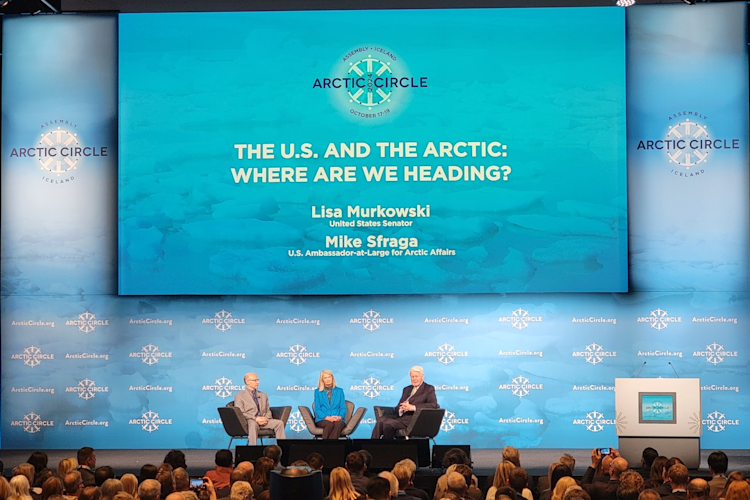As the problem of climate change has become more widely recognized, people have started to look for solutions in earnest. There are broadly two ways to counter climate change in the near term: (1) stop emitting greenhouse gases and (2) actively cool the planet. The former is pursued through international climate negotiations as well as bottom-up efforts to curb emissions. The latter, often referred to as “geoengineering,” has long been a taboo topic amongst scientists and in politics. “Climate intervention,” as it has been called more recently, is a deliberate modification of Earth’s climate to reduce the worst outcomes of greenhouse gas-driven climate change. It is akin to treating the symptoms of a disease rather than its root cause.
The most discussed climate intervention idea is Solar Radiation Modification (SRM): the reflection of a portion of the incoming solar radiation back to space — basically a sun umbrella. This could be achieved by spraying aerosols, tiny particles like those that make up a cloud from a wildfire, into the stratosphere (above where commercial airplanes fly), where they reflect sunlight. Another less well-developed idea is to inject salt particles into clouds to make them brighter and thus increase their reflectivity.
Naturally, such ideas invite skepticism from seasoned environmentalists or even just keen observers of history. Humans have a track record of creating new problems when trying to fix existing ones, for example by introducing one invasive species to combat another. On the other hand, one can argue that climate change is an urgent matter that requires creative and multi-pronged solutions.
Here, by answering some common questions around climate intervention and SRM specifically, we provide our current perspective on the issue. This is a rapidly evolving topic, so we expect to update this article in the future.



















